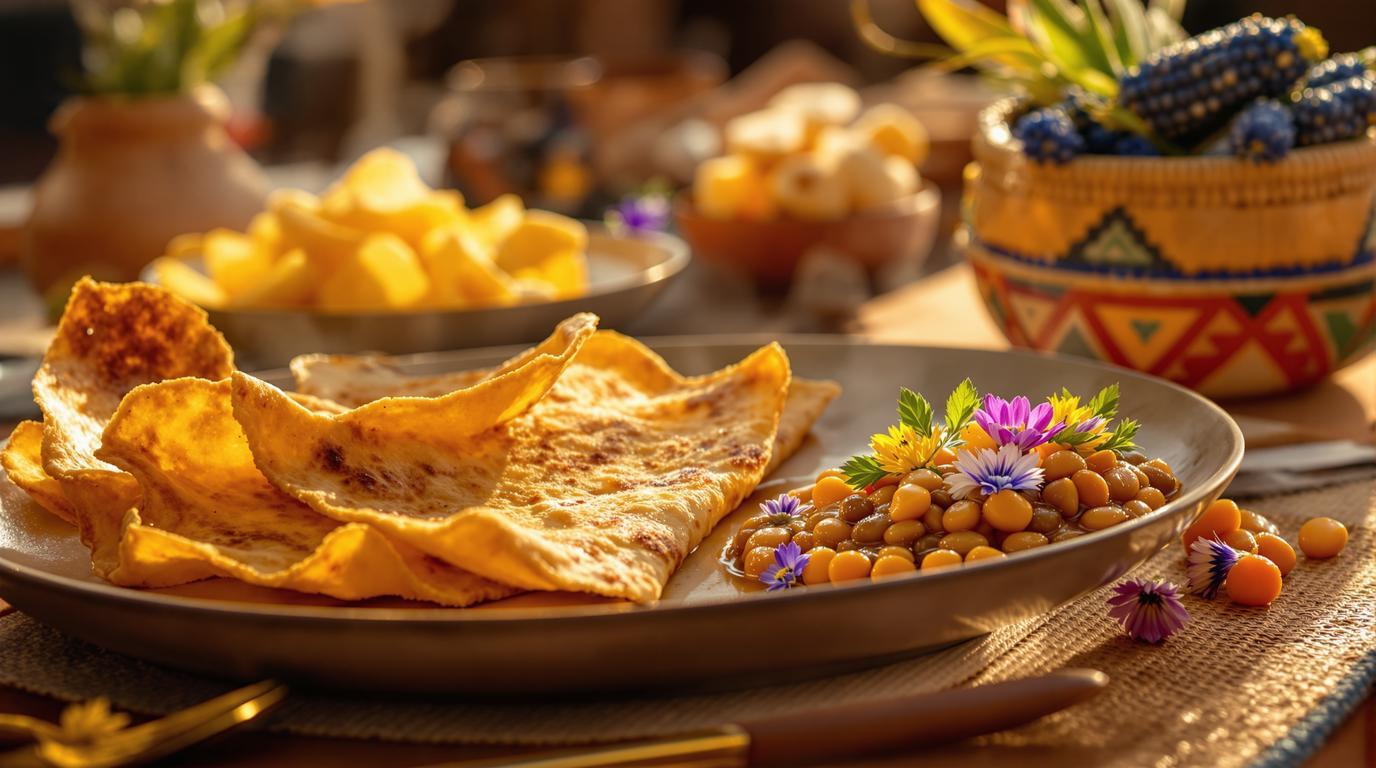Phoenix’s culinary scene may not boast official Michelin stars, but what it lacks in formal recognition, it makes up for with extraordinary flavors and innovative dining experiences. This desert oasis has quietly developed into one of America’s most exciting food destinations, blending Native American traditions with contemporary techniques.
The indigenous roots of Phoenix’s gastronomy
Long before trendy restaurants dotted the cityscape, Phoenix’s culinary identity was shaped by Native American tribes. Today, restaurants like The Fry Bread House honor these traditions with James Beard recognition. Their traditional fry bread—crispy on the outside, pillowy within—offers a direct connection to ancestral cooking methods that have sustained communities for centuries.
As Chef Renetto-Mario Etsitty of The Rez explains:
“Our dishes tell stories that go back thousands of years. When visitors taste our food, they’re experiencing history that predates the nation itself.”
Where to find Phoenix’s most celebrated dining experiences
Kai stands as Phoenix’s crown jewel, earning both AAA Five Diamond and Forbes Five Star status—distinctions that often parallel Michelin recognition. Perched on the edge of the Gila River Indian Community, Executive Chef Ryan Swanson crafts menus celebrating indigenous ingredients like tepary beans, cholla buds, and mesquite.
For contemporary Mexican cuisine, Call Her Martina in Old Town Scottsdale offers sophisticated interpretations of traditional dishes. Meanwhile, Japanese restaurant PYRO has quickly become a must-visit for those seeking international flavors executed with precision.
James Beard recognition fills the Michelin void
While the Michelin inspectors haven’t yet ventured to Phoenix, the James Beard Foundation has consistently recognized the city’s culinary talent. In 2025, Santo Arcadia earned a semifinalist spot for Best New Restaurant, continuing Phoenix’s tradition of excellence.
Chef Charleen Badman of FnB Restaurant, a James Beard Award winner, has revolutionized vegetable-forward cuisine in a region historically associated with hearty meat dishes.
“Phoenix diners are increasingly sophisticated,” notes Badman. “They’re eager to explore new flavors and support restaurants that showcase our unique desert bounty.”
Desert ingredients creating distinctive flavors
What makes Phoenix’s culinary landscape truly special is its embrace of desert ingredients. Prickly pear, mesquite flour, and saguaro cactus fruit appear on menus throughout the city, offering flavors you simply can’t find elsewhere.
At Valentine, Chef Donald Hawk incorporates these native ingredients into contemporary dishes that have earned the restaurant national acclaim. His commitment to highlighting Arizona’s agricultural heritage has created a dining experience that feels simultaneously innovative and deeply rooted.
Beyond restaurants: Phoenix’s food culture
To fully appreciate Phoenix’s food scene, venture beyond traditional restaurants. The city’s farmers markets showcase artisanal producers like Ramona Farms, which has preserved heritage varieties of tepary beans for generations. Food trucks like Emerson Fry Bread offer accessible entry points into Native American cuisine.
Local food writer Chris Malloy observes:
“What makes Phoenix special is how our chefs embrace the desert rather than fighting against it. They’ve created a cuisine that could only exist here.”
Planning your Phoenix culinary adventure
The best time to explore Phoenix’s dining scene is during the cooler months of October through April. Make reservations well in advance for Kai and other top restaurants. Consider visiting during Arizona Restaurant Week (held twice annually) for special menus and pricing at many acclaimed establishments.
For those seeking unique culinary experiences, consider booking a Native American cooking class or joining a food tour that highlights the city’s diverse neighborhoods and hidden culinary gems.
Phoenix proves that culinary excellence transcends formal recognition. Its vibrant restaurant scene—rooted in ancient traditions yet constantly innovating—offers flavors you won’t find anywhere else. In this desert landscape, chefs have cultivated a distinctive cuisine that tells the story of place, people, and possibilities, making it an essential destination for serious food lovers.
